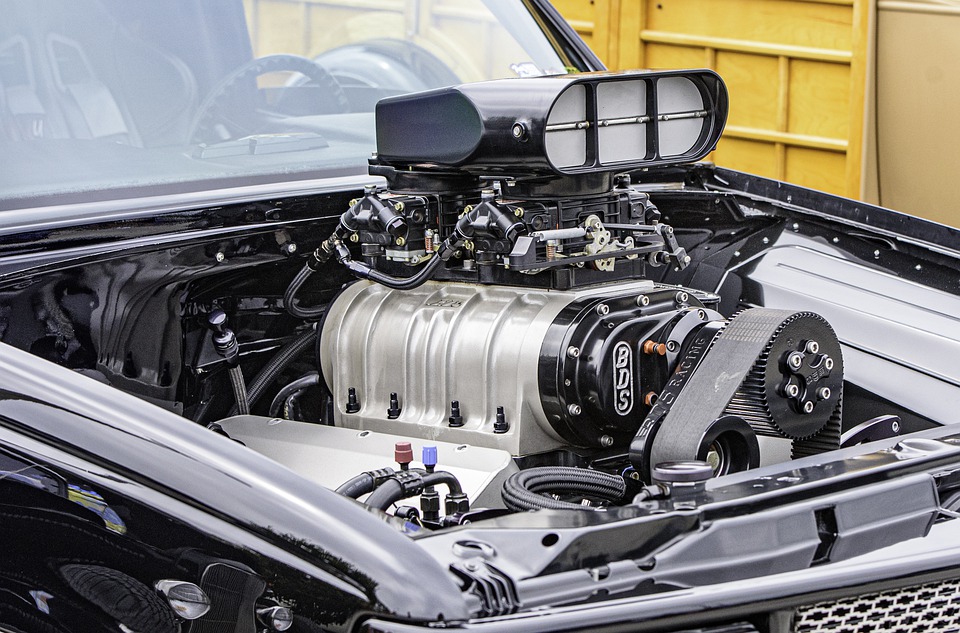The dreaded "White Screen of Death" (WSOD) is a common issue that many WordPress users encounter. This issue renders your website completely blank, with no indication of what might be wrong, leaving you frustrated and worried about your site’s health. In this article, we’ll explore the common causes of the WSOD and provide quick fixes to help you regain control of your WordPress site.
What is the White Screen of Death?
The WordPress White Screen of Death refers to a situation where your website stops functioning and displays a blank white screen without any error messages or warnings. This can happen on both the front end of your website or in the WordPress admin area (dashboard). While it may seem severe, the WSOD typically indicates an error that can often be resolved with a few troubleshooting steps.
Common Causes of the WSOD
-
Plugin Conflicts:
- The most frequent cause of the WSOD is a conflict between plugins, especially after an update. A newly installed or updated plugin may not be compatible with your current theme or other plugins, leading to display issues.
-
Theme Issues:
- Similar to plugins, a poorly coded or corrupted theme can be responsible for the WSOD. If a theme is not compatible with your version of WordPress or has recently been updated, it may cause your site to display a blank screen.
-
Memory Limit Exhaustion:
- WordPress has a memory limit defined in the wp-config.php file, and when this limit is reached, WSOD can occur. This often happens with resource-heavy themes and plugins.
-
PHP Errors:
- Server-side errors, specifically PHP errors or fatals, can lead to the WSOD. This can be due to outdated PHP versions or coding mistakes in custom scripts.
-
Corrupted Core Files:
- Sometimes core WordPress files can become corrupted, especially during updates. This corruption can directly lead to the WSOD.
- Server Issues:
- Sometimes the problem isn’t with WordPress at all but with the hosting server, which may be experiencing outages or misconfigurations.
Quick Fixes for the WSOD
Now that you know the potential causes, let’s look at the solutions that you can try to resolve the WSOD.
1. Increase PHP Memory Limit
Adding a higher memory limit can sometimes resolve the WSOD. Open your wp-config.php file and add the following line:
define('WP_MEMORY_LIMIT', '256M');This change can help if memory exhaustion is the issue.
2. Disable Plugins
To check if a plugin is the cause, disable all plugins by renaming the plugins folder located in wp-content/ to something like plugins_old. If this resolves the WSOD, rename the folder back to plugins and activate each plugin individually to identify the culprit.
3. Switch to a Default Theme
To rule out theme issues, switch to one of the default WordPress themes (like Twenty Twenty-One). You can do this by renaming your theme’s folder in the wp-content/themes/ directory. WordPress will revert to a default theme if your theme cannot be found.
4. Debugging Mode
Enable the debug mode in WordPress by adding this line to your wp-config.php file:
define('WP_DEBUG', true);When this option is enabled, any PHP errors will be displayed, giving you insight into what could be causing the WSOD.
5. Reinstall WordPress Core
If core files are corrupted, you may need to reinstall WordPress. You can do this from the dashboard if you can access it, or manually by downloading WordPress and replacing the core files via FTP.
6. Check Server Configuration
Check with your hosting provider to ensure there are no server-level issues. They may have logs or insights into specific problems affecting your site.
7. Review the .htaccess File
A misconfigured .htaccess file can cause the WSOD. Rename your .htaccess file (found in your root directory) to .htaccess_old and try accessing your website. If it works, navigate to Settings > Permalinks in your dashboard and click “Save Changes” to regenerate a new .htaccess file.
Conclusion
The WordPress White Screen of Death can be frustrating, but it’s often a fixable problem. By understanding the possible causes and following the quick-fix solutions provided, you can alleviate the issue and restore your website quickly. Remember to keep regular backups of your site, which will help to minimize downtime and data loss in the event of unforeseen problems. Stay proactive in maintaining your WordPress site to prevent the WSOD from disrupting your online presence.
Contact Us





